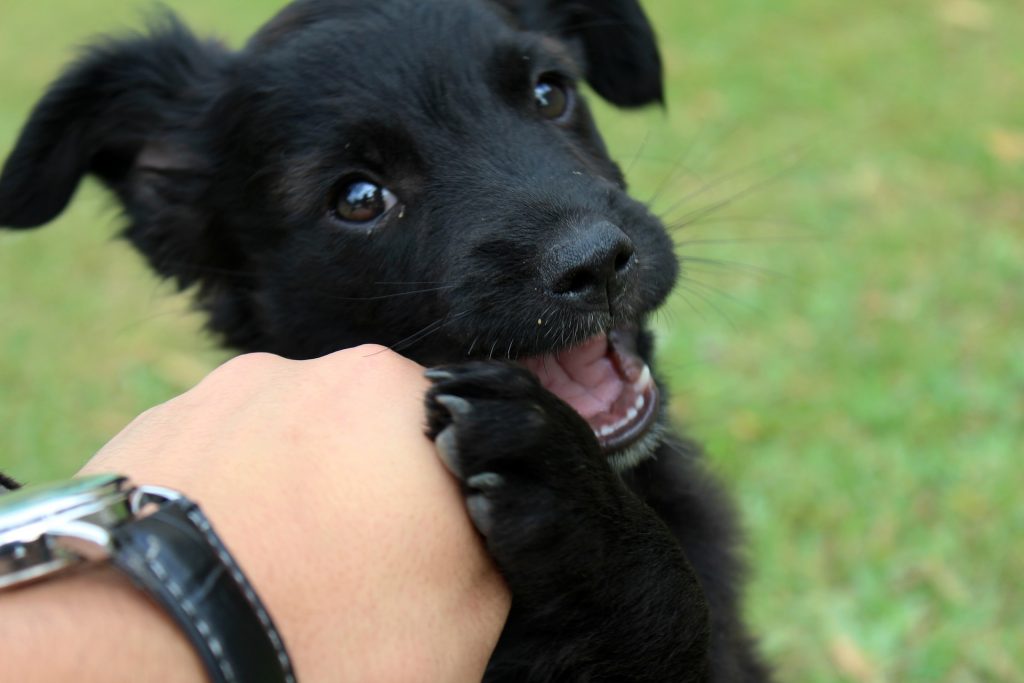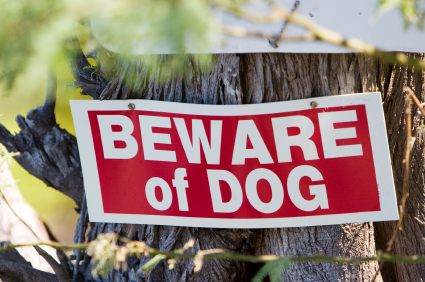 Most of us have preconceived ideas about the personalities of our canine companions. And for good reason: a dog’s breed can tell us a lot about it without us ever having to meet it. One stereotype that many people have wrong, however, is that large breeds are the only dogs that can be vicious.
Most of us have preconceived ideas about the personalities of our canine companions. And for good reason: a dog’s breed can tell us a lot about it without us ever having to meet it. One stereotype that many people have wrong, however, is that large breeds are the only dogs that can be vicious.
In reality, a dog’s size doesn’t always determine its bite—and small dogs can be just as dangerous as large ones.
Are Small Dogs More Aggressive?
In fact, some argue that small dogs may be even more aggressive than large dogs. According to BBC News, a 2013 study by Paul McGreevy of the University of Sydney in Australia showed a correlation between small dogs and more aggressive behaviors. McGreevy’s study does not necessarily prove causation, nor does it offer an explanation for why small dogs may be more aggressive.
Biologically, sometimes it seems that small dogs have a canine version of the Napoleon complex, where they compensate for their smaller size by becoming aggressive more quickly. Certain small breeds, like terriers and dachshunds, were bred to hunt small game animals and still have their “killer” instincts as a result.
There are many ways in which owners can affect the behavior of their dogs, providing an environmental cause of aggression. For example, if we expect a small dog to exhibit more aggressive behaviors to “make up” for its size, we may not punish those behaviors. When the behavior is tolerated, it’s reinforced, and the dog does it more often.
Canine behavioral expert Daniel Mills of Lincoln University in the UK also notes that owners may be more oblivious to small dogs’ initial defensive signals. When you see a large dog stop moving and stare at you, you become cautious. But you may not notice a small dog’s aggression until it is snarling, which may make you think that small dogs jump to more aggressive behaviors without warning.
Like much of ongoing behavioral research, the answer to whether small dogs are truly more aggressive by nature is muddled, but there is evidence that they display aggressive behavior a bit more often. Either way, this is your warning to avoid underestimating your neighbor’s Yorkie.
Let’s Talk Aggressive Breed Stereotypes
 Quick! Name the three most dangerous dog breeds. Odds are that either the German shepherd, Rottweiler, pit bull terrier, or all three popped into your mind. Indeed, these three breeds are present on Psychology Today’s list of the 14 breeds most often blacklisted by insurance companies.
Quick! Name the three most dangerous dog breeds. Odds are that either the German shepherd, Rottweiler, pit bull terrier, or all three popped into your mind. Indeed, these three breeds are present on Psychology Today’s list of the 14 breeds most often blacklisted by insurance companies.
Insurance companies that have a dog breed blacklist may deny coverage to households with these breeds as a measure of risk protection. Breeds are usually blacklisted based on the National Center for Injury Prevention and Control research study that measured fatal dog bite occurrences.
It’s important to note that “blacklists” like these are left up to the discretion of the insurance company, which most likely does NOT have canine behavior experts on staff. The same thing goes for “banned breed” lists published by apartment complexes and homeowners’ associations. One negative news story could land a generally non-aggressive breed on the list.
Even when these lists are based purely on dog bite fatality statistics, they don’t take into account the severity of other dog bites. A smaller dog may be more likely to bite, but not make the list because its bites are not fatal.
The Ten Most Aggressive Dog Breeds
PetHelpful author Sheila Brown ranked the ten most aggressive dog breeds by their ability to pass the temperament test conducted by the American Temperament Society. The test looks for dangerous behavior directed at another individual, including animals. These actions include barking, biting, lunging, snarling, etc.
The results of Brown’s list? The Chihuahua, dachshund, and Chow Chow are the most hostile dog breeds, respectively. Both Chihuahuas and dachshunds often weigh under 20 pounds, and Chihuahuas can weigh as little as four pounds.
Meanwhile, the Rottweiler, German shepherd, and pit bull terrier were ranked sixth, eighth, and ninth, respectively. Moral of the story? While aggression in large breeds should not be ignored, small dogs can be equally or more aggressive.
Protect Yourself Against Dog Aggression
Big or small, maintaining your safety around all dogs is a priority. As children, we often learn basic dog safety tips that we either forget or think are unnecessary as we get older. Here are a few of those basic practices that can help you avoid a dog bite:
- Ask permission before petting someone else’s dog. The owner will be able to tell you whether or not it’s safe.
- Be wary of a dog that is stiff and staring, as those are defensive behaviors. Friendly dogs are wiggling and tail-wagging.
- Don’t touch a sleeping or otherwise unaware dog. Even normally friendly dogs can be frightened by an unexpected “attacker” and bite defensively.
If you’re a dog owner, you must prioritize socialization, exercise, and positive reinforcement to deter aggression. At the end of the day, a well-trained, well-loved dog will reciprocate the love and respect it is given. In the unfortunate event that a dog bite does occur at the “mouth” of someone else’s dog, you may want to contact a local Dallas dog bite attorney to ensure that your medical bills and other costs are covered by the dog’s owner or caretaker. Call Crowe Arnold & Majors, LLP at (214) 231-0555 today for a free consultation.





